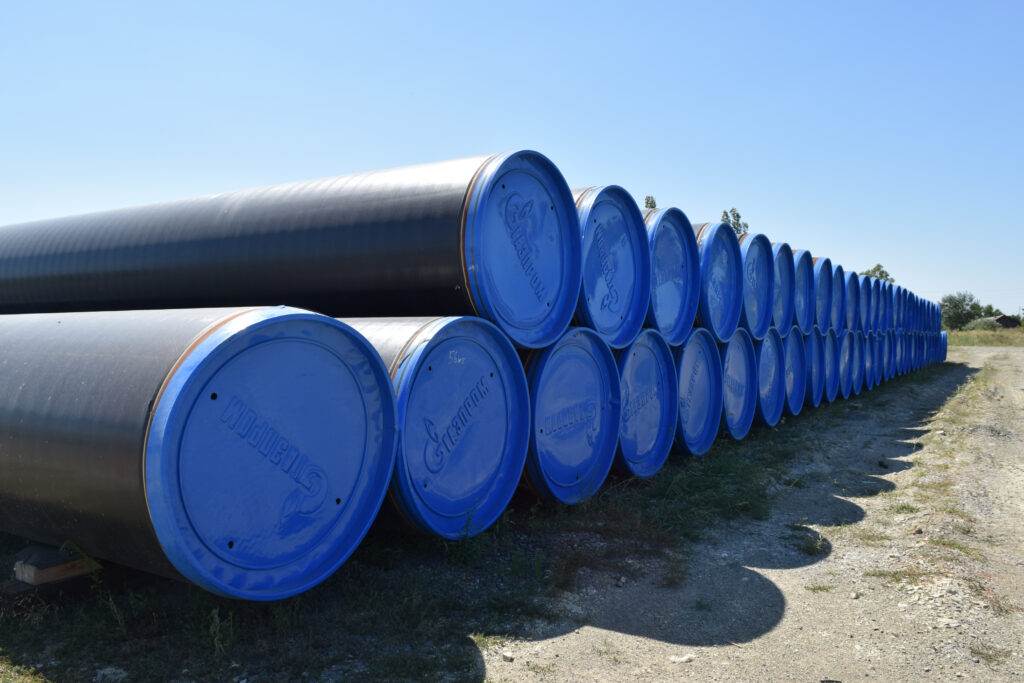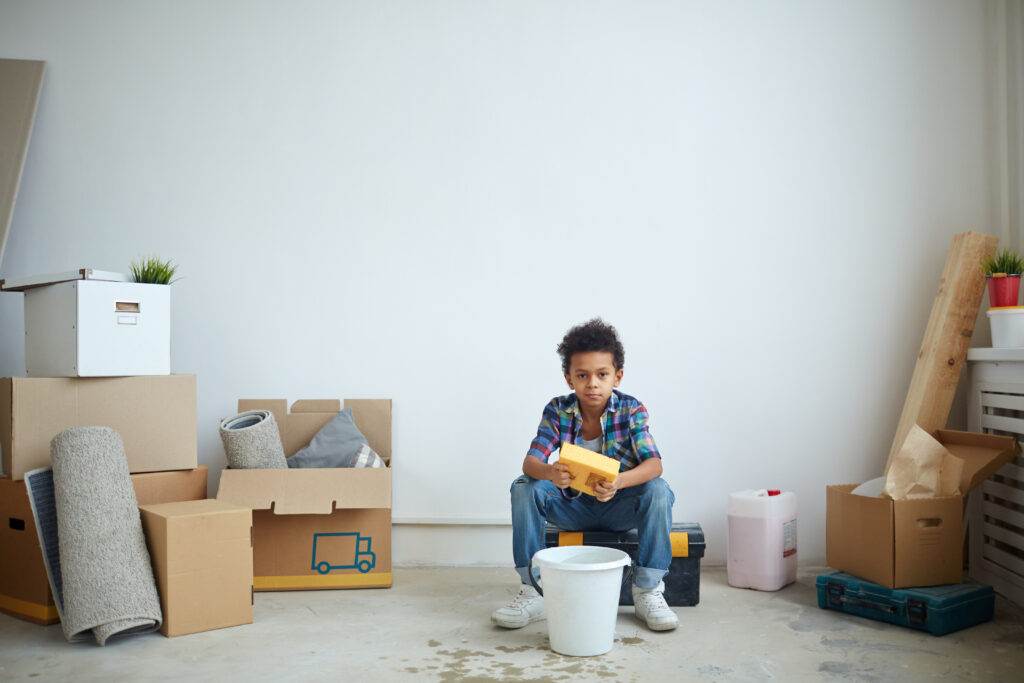Cleaning is an essential part of maintaining a healthy and comfortable home, but it can be challenging for people with disabilities. Barriers such as limited mobility or vision impairments can make cleaning tasks difficult or even dangerous. However, there are ways to ensure that your home is both clean and accessible for people with disabilities. Here are five tips:
1. Use adaptive equipment: There are many tools available specifically designed for people with disabilities to help them perform household chores more easily. For example, long-handled dustpans and mops allow individuals to reach high places without having to stand on ladders or stepstools. Reachers and grabbers enable those with limited mobility to pick up items they may not otherwise be able to reach.
2. Make adjustments to storage areas: Cabinets and drawers can be hard to access for someone in a wheelchair. Consider installing pullout shelves or removing the bottom drawer to create space for wheels. Labeling containers and using clear bags can also help individuals identify what’s inside without needing to read small labels or open containers.
3. Choose non-toxic products: Many traditional cleaning products contain harsh chemicals that can irritate skin, eyes, and respiratory systems. Look for natural alternatives like vinegar, lemon juice, or baking soda which can effectively clean surfaces without causing harm to anyone in the house.

4. Optimize lighting: Dark spaces can pose a safety hazard for people with visual impairments. Adding extra lighting throughout the house can improve visibility and reduce accidents. Motion sensors or timed lights can also assist in illuminating pathways when needed.
5. Plan ahead: Creating a schedule or checklist can help you stay organized and ensure that all necessary cleaning tasks get done regularly. You might consider delegating certain tasks to family members or hiring professional cleaners who have experience working with people with disabilities.
In conclusion, ensuring a clean and accessible home for people with disabilities requires intentionality and planning. By utilizing adaptive equipment, making adjustments to storage areas, choosing non-toxic products, optimizing lighting, and planning ahead, you can create a safe and welcoming environment for everyone in your household.


